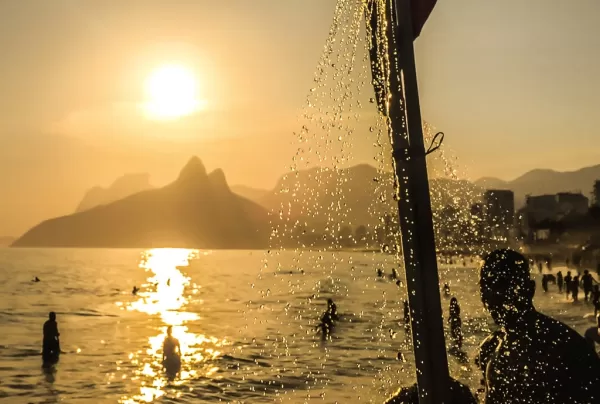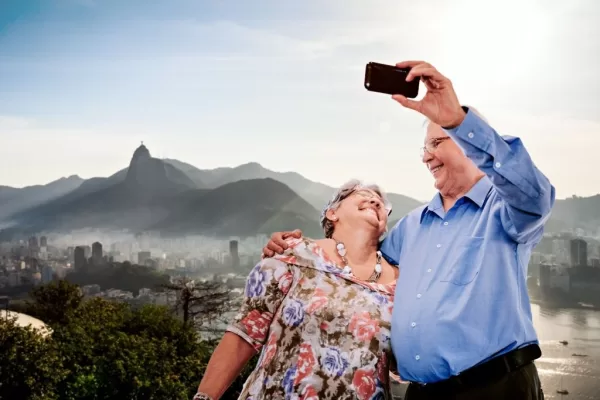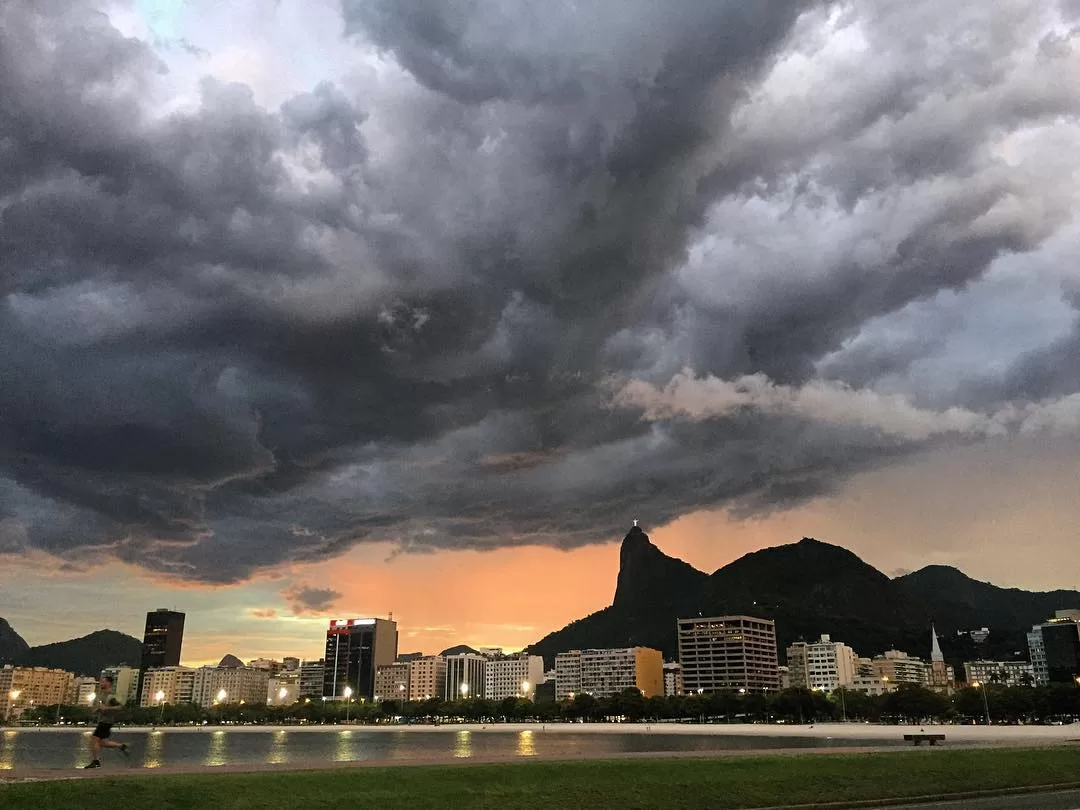
Like earthquakes in Chile and Japan, tsunamis in Indonesia and New Zealand and the hurricanes in the US, heavy rains followed by floods are common in Rio de Janeiro. In this article, you will find out when storms usually happen and why they happen. In addition, we’ll list some safety tips, so you know how to proceed if you’re in town during a storm or on days with heavy rain forecast.
Why do thunderstorms happen?
Brazil is a tropical country. This means that we are located in an intertropical climatic zone, subject to a significant amount of insolation and formation of moist masses. That is why convection rains, or summer rains as we call it, often occur. They are caused by the intense evapotranspiration of wet and warm surfaces (such as forests, tropical cities, and oceans). The air rises in plots that cool without exchanging heat with the outside environment during its ascent, and precipitation occurs.
When do storms happen?
As the name itself says, summer rainfalls happen more often in the summer when temperatures during the day are higher. However, they can also occur during the spring and even during the fall, as temperatures rise above normal and coincide with sea breezes in the late afternoon.
Why do floods happen?
In Rio de Janeiro, most rainfalls are harmless. They usually start in the late afternoon and stop in a few minutes. They bring a new freshness and almost do not interrupt the party of who is enjoying the day to sightseeing. However, sometimes storms can last longer and be followed by floods.
This happens, in part, because of the city’s own geography which was founded on narrow strips of land, with marshes, mangroves and small lagoons between rocky hills and the sea. → On good weather days, do not miss these 6 free and easy to access viewpoints in Rio de Janeiro.
In addition, it is also necessary to consider that Rio was a city occupied in a disorderly way over the years. Roads and landfills that were not well planned, combined with the lack of conservation by the public authorities, help to make the problem even more significant and much more frequent than we Cariocas would like → There are historical reports with hundreds of years. Here’s an interesting article about it here.
How do we know when thunderstorms will happen?
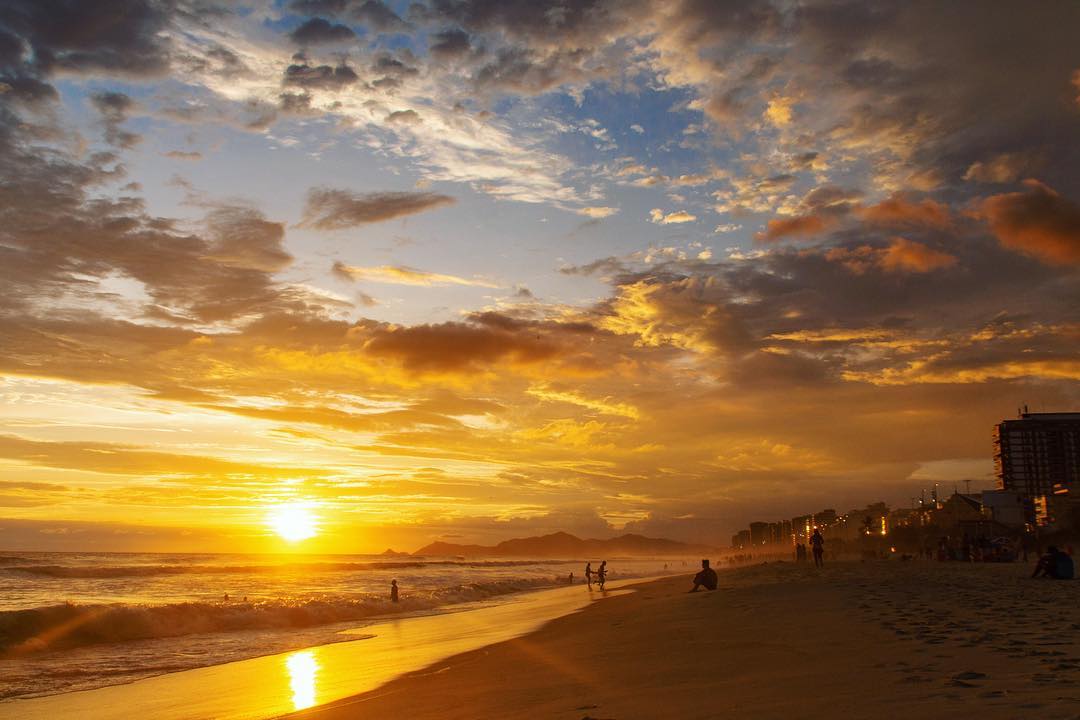
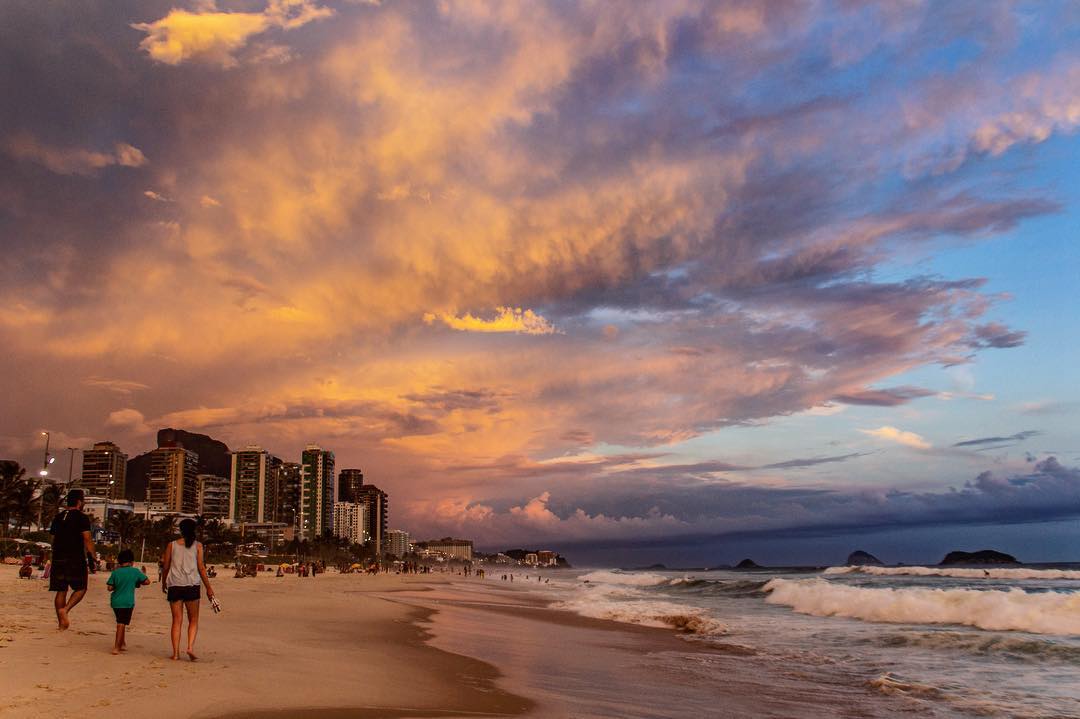
It’s pretty easy to know when a storm will come. You are on the beach or anywhere in the city under the heat of over 30 degrees and a very blue sky. Suddenly, you see a cloud in the distance, or the sun is hidden by a dark, charged cloud. There. You know that rain will come soon! This, however, associated with browsing weather apps (which sometimes do not predict anything), is not enough to know the size of the storm to come.
Therefore, if during your days in Rio de Janeiro the weather is very hot, you can register your cell phone to receive an alert via text message from the Civil Defense for free.
To register, just send a message to 40199 with the zip code you are in. As soon as they know of the approach of a heavy storm, you will be informed.
What to do in case of storms and/or floods?
* If the storm is brief, there is no harm in enjoying the rain to cool off. But never go into the sea during a storm!
* If the storm continues, look for a safe location. Preferably, go back to your hotel / hostel location. Including, it is important to stay in a safe place → We know that you are probably curious about the famous “favelas”. But they are considered areas at risk. Do not stay in them.
* Be aware of the guidelines transmitted by the City Hall in times of rain through the media and keep informed about the areas at risk. One suggestion is to consult the G1 news portal here.
* Avoid leaving when heavy rains occur.
* Avoid walking on flooded streets.
* If the rain caused flooding, do not venture to cope with floods. Stay in a safe place. If you need it, ask for help or contact the Civil Defense (199) or the Fire Department (193).
* Stay away from the public electric power.
How can we avoid flooding?
Throw the rubbish in the trash bin. Do not throw paper and trash on the street. Rio de Janeiro is surrounded by rivers and garbage can stop their course, causing overflows and obstructing the flow of water.
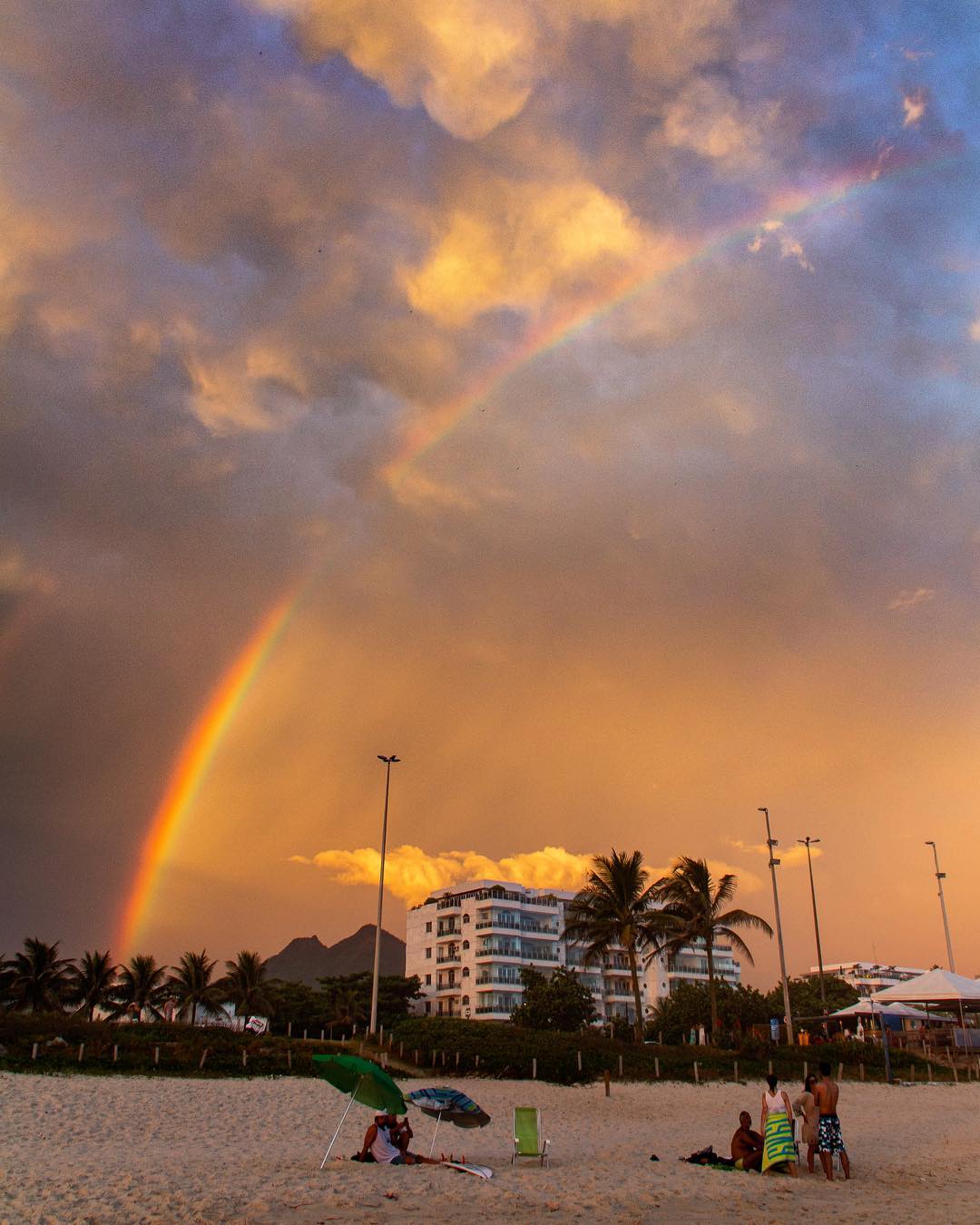
We hope this article has been helpful to you. And we hope you do not need to use any of this information. Because, after all, we want your days here to be wonderful, like most days of the year! So, check out our post on the 10 best beaches in Rio.
But be aware, in case you face a storm, it is quite possible that very soon a beautiful rainbow will appears in the sky!
For more safety tips, download our free E-book: How to stay safe in Rio.


